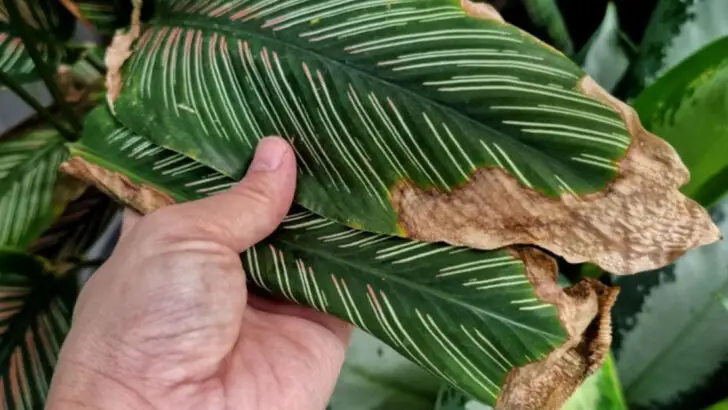Plants may not speak, but they absolutely communicate—and if you know what to look for, you’ll realize some of them are basically screaming for help. At Plantisima, vjerujemo da je dobar plant parent onaj koji zna pročitati tihi jezik lišća. Uvenuli rubovi, misteriozne mrlje, usporen rast—sve su to znakovi da vaša biljka pokušava reći: “Nešto nije u redu.”
In this article, we’ve rounded up 16 clear signs that your houseplant is struggling, along with exactly what to do about each one. Whether it’s overwatering, poor light, nutrient deficiency, or even pests, svaki simptom ima rješenje—često jednostavno i brzo. You don’t have to be an expert to bring your plant back from the brink—just a bit more observant and a little more informed.
To all our Plantisima readers who want to build stronger, more responsive relationships with their green companions—this is your guide. Because once you learn to decode your plant’s silent SOS, you’ll be one step closer to a home full of thriving, grateful greenery.
Yellowing Leaves
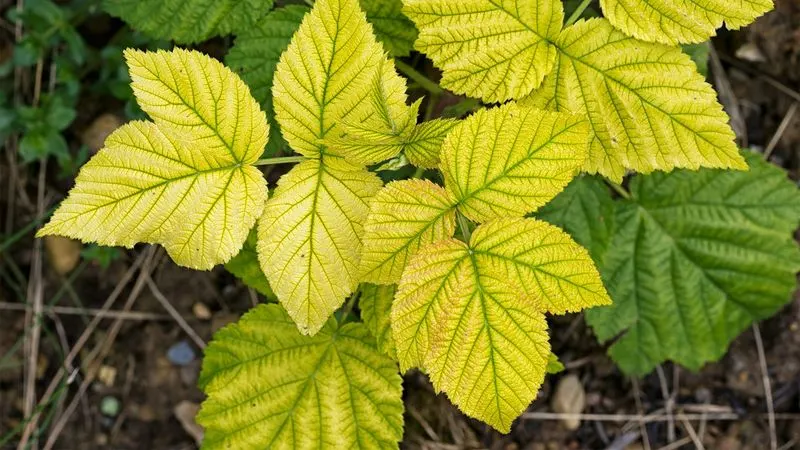
When leaves turn yellow, plants may be signaling a nutrient deficiency or overwatering. It’s vital to assess the situation promptly. Check if the soil is soggy; this could be a sign of too much water. Alternatively, lack of nutrients like nitrogen might also cause yellowing. Adjust your watering schedule accordingly and consider using a balanced fertilizer. Discovering the exact cause requires observation and sometimes a bit of trial and error. Also, always be cautious not to over-fertilize, as this can further stress the plant.
Wilting
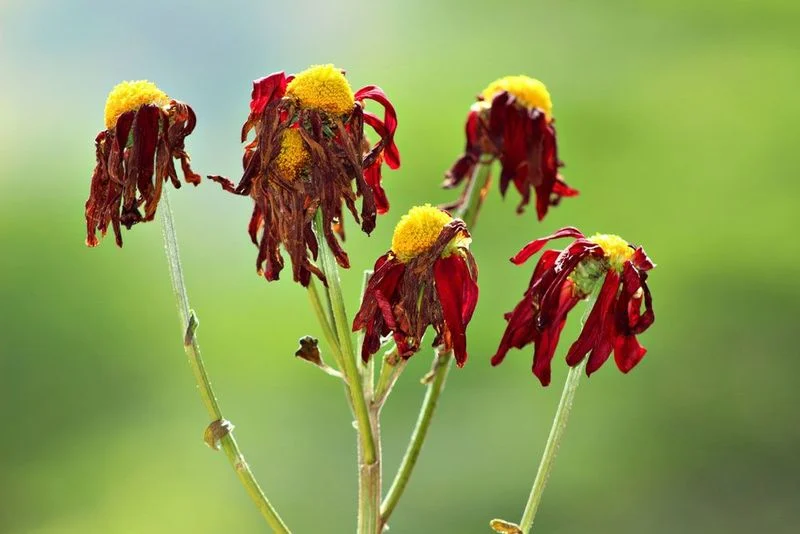
Wilting is often a cry for water, but overwatering can also lead to the same symptom. Assess the moisture level of the soil by sticking a finger an inch deep. If it’s dry, a thorough watering might revive your plant. Remember, wilting can also occur due to temperature extremes or root damage. Ensure your plant is in a suitable environment and inspect the roots if wilting persists. Adjusting environmental factors and offering consistent care are key to recovery.
Brown Leaf Tips
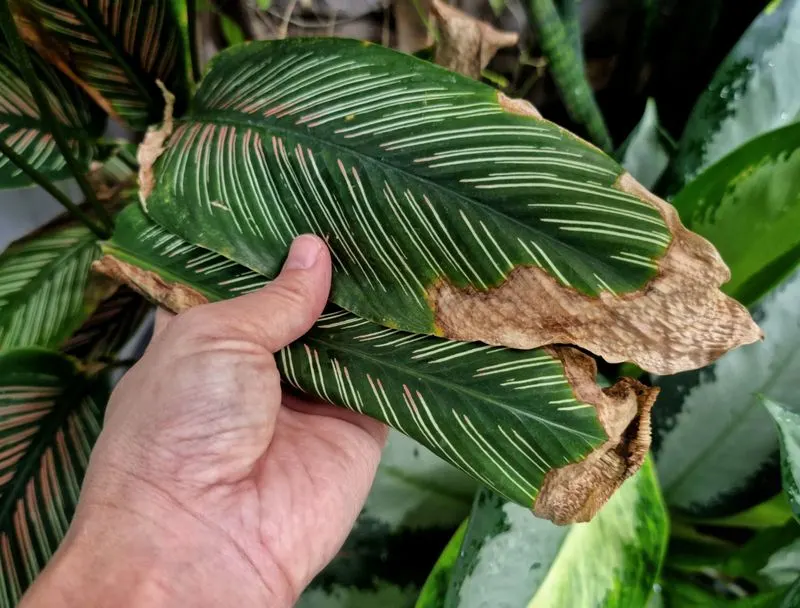
The appearance of brown tips can indicate a few issues, such as low humidity, excessive fertilization, or fluoride in water. Increasing humidity around the plant by misting or using a humidifier might help. If over-fertilizing is the culprit, reduce the amount and frequency of feeding. For those using tap water, letting it sit overnight can allow fluoride to dissipate, reducing stress on the plant. Identifying the root cause will guide your corrective actions.
Stunted Growth
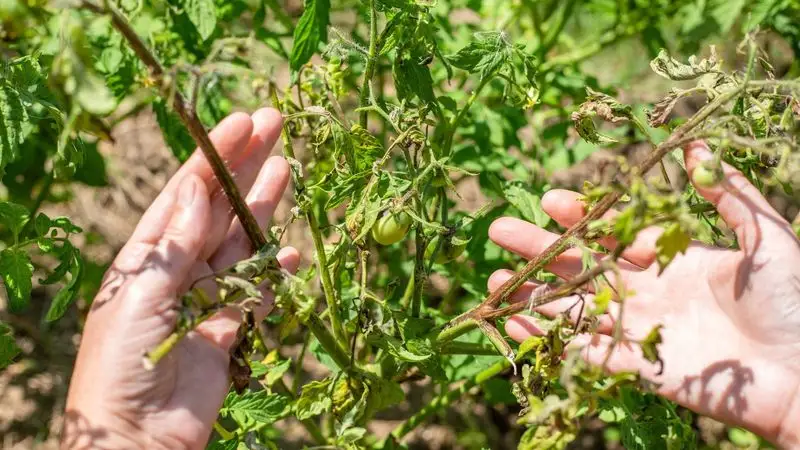
A plant’s slow or stagnant growth can be disheartening. Often, inadequate light or nutrients are the culprits. Ensure your plant receives enough light appropriate for its species. Feeding with a balanced fertilizer can help spur new growth. However, too much fertilizer can also impede development. Sometimes, the plant may be root-bound, needing repotting into a larger container. Addressing these issues can help your plant thrive again.
Leaf Drop
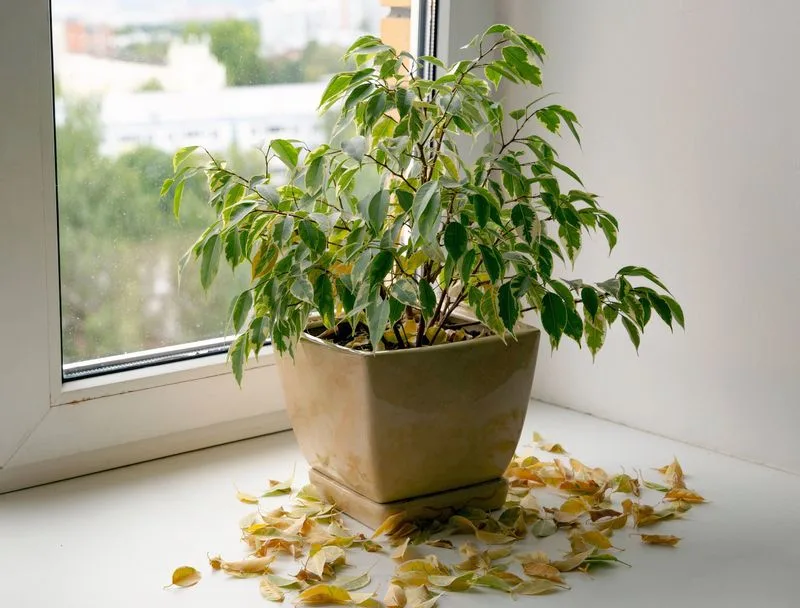
Plants shedding leaves might be experiencing stress from changes in environment or care routines. Check for drafts, temperature fluctuations, or recent relocations. Such stressors can lead to leaf drop. Reestablishing a stable environment and consistent care can help. Over time, as the plant adjusts, new growth should emerge. Patience and careful observation are your allies in nurturing your plant back to health.
Pale Leaves
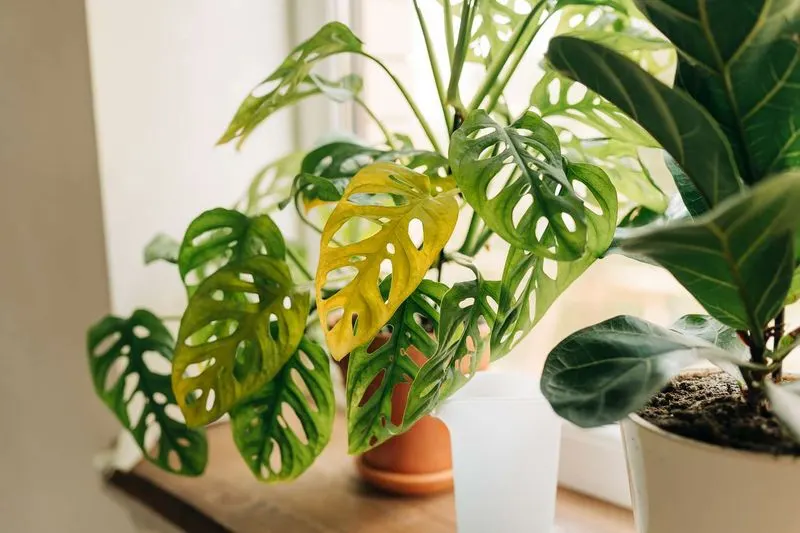
Leaves losing their vibrant color might be hinting at a lack of essential nutrients or light. Consider feeding your plant with an appropriate fertilizer. Ensuring enough light exposure can also help restore color. Additionally, some plants go through natural cycles where older leaves fade as new ones grow. Observing these patterns can guide your care regimen. Adjustments in light and feeding can often rectify this pale predicament.
Root Rot
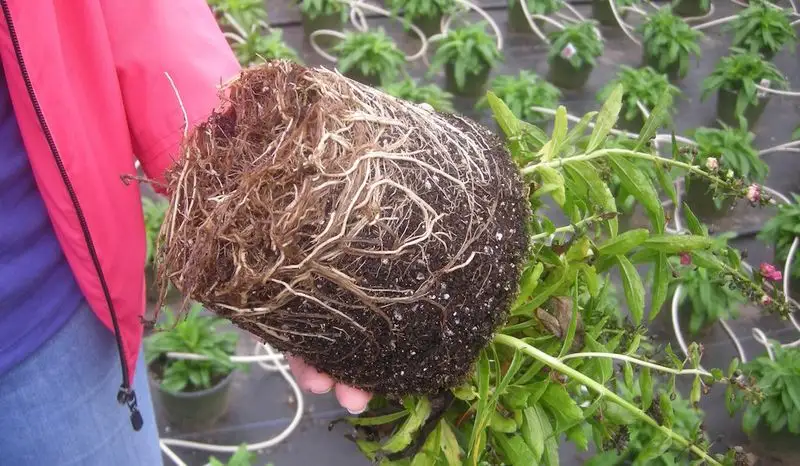
Root rot is a serious condition often caused by overwatering. It manifests as mushy, brown roots and can lead to plant death if not addressed. Remove the plant from its pot and trim away affected roots. Repot in fresh soil, ensuring proper drainage to prevent recurrence. Adjust watering habits to let the soil dry between waterings. Recognizing and treating root rot promptly can salvage your plant’s health.
Spotted Leaves
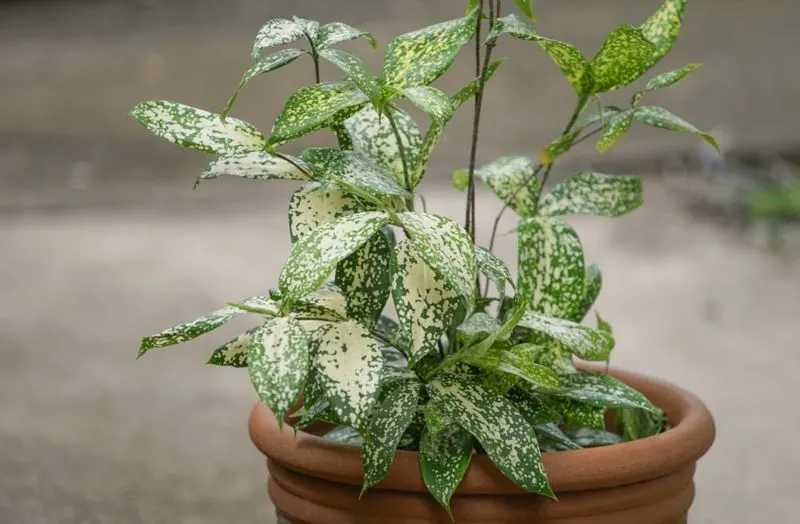
Spots on leaves can be alarming, often indicating fungal or bacterial infections. Isolate the affected plant to prevent spreading and trim away diseased leaves. Maintaining good airflow and avoiding overhead watering can reduce humidity, deterring pathogens. Fungicide treatments might be necessary in severe cases. Monitoring and reacting to these changes protect both the affected plant and its neighbors.
Leggy Growth
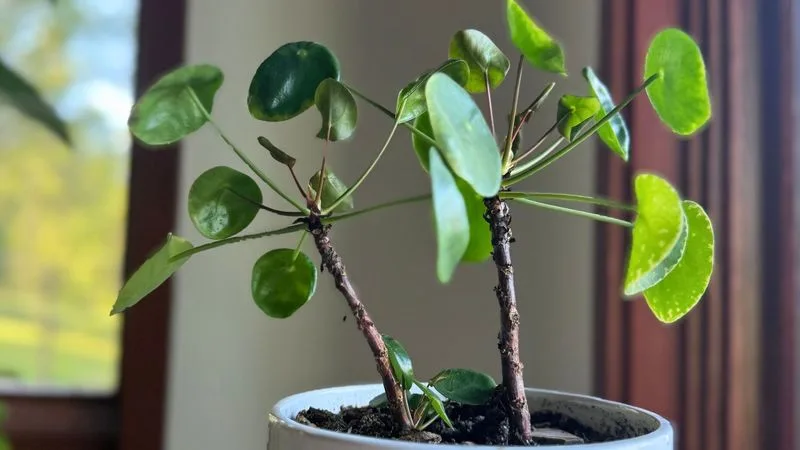
When plants grow tall and spindly, they may be reaching for more light. Reposition them closer to a window or provide supplemental grow lights. Pruning can encourage bushier growth, giving the plant a fuller appearance. Leggy growth can also result from over-fertilization, so balance nutrients carefully. Regularly rotating your plant ensures even light distribution, promoting robust growth across all sides.
White Powder on Leaves
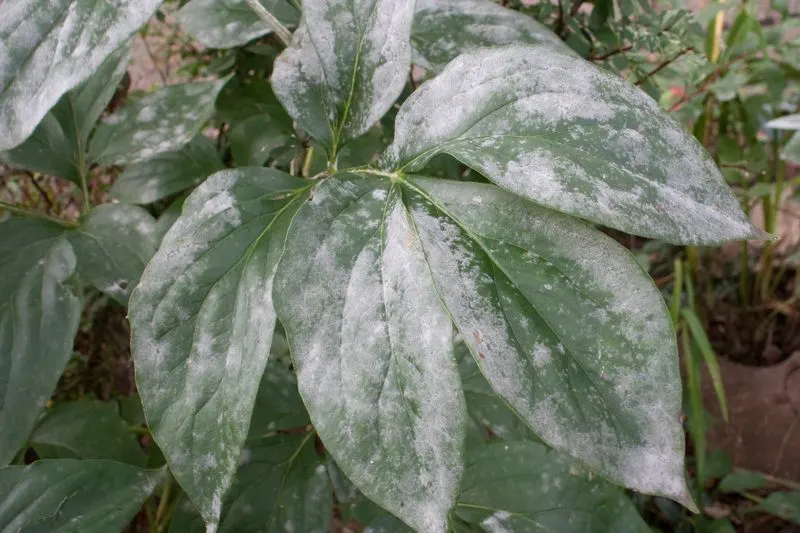
A white, powdery substance on leaves often signals a mildew problem. This fungal issue thrives in damp conditions. Improve air circulation and reduce humidity to combat it. Removing affected leaves and applying fungicidal treatments can be effective. Regular monitoring and adjusting environmental conditions can prevent future outbreaks. This vigilance helps your plant maintain its health and appearance.
Sticky Residue
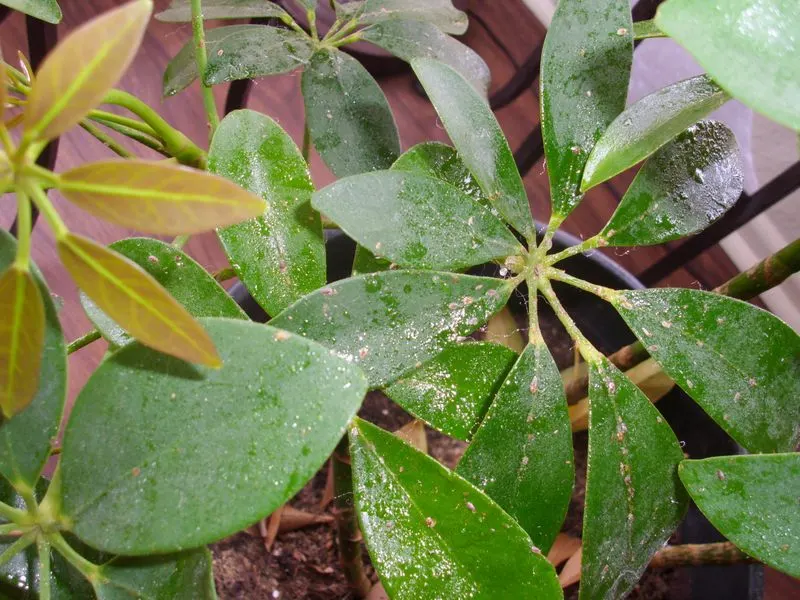
Sticky residue often results from sap-sucking insects like aphids. Inspect the plant for these pests and gently wash them off. Introducing beneficial insects or using insecticidal soap can also manage the problem. Consistent monitoring and maintenance of plant health deter these unwelcome guests. Healthy plants resist infestations better, so balanced care keeps them resilient.
Curling Leaves
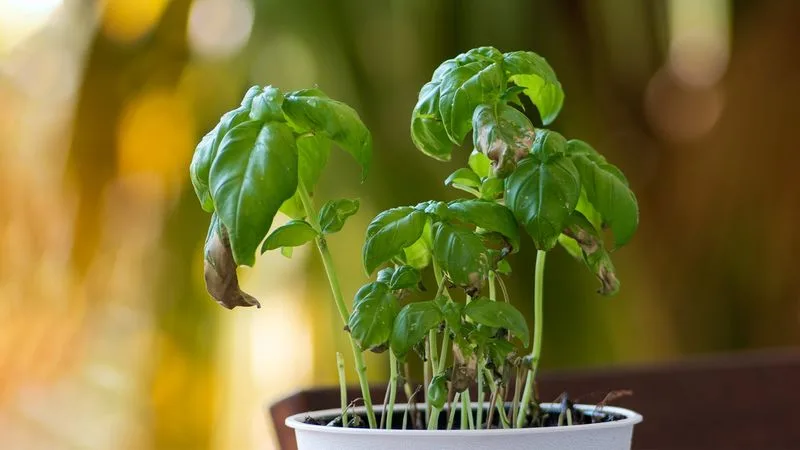
Curling leaves may indicate a pest infestation, environmental stress, or nutrient deficiency. Examine leaves for pests and remove them if present. If none are found, environmental factors like heat or drafts might be to blame. Adjusting room conditions or the plant’s location could remedy the issue. Balanced fertilization supports overall plant health, helping leaves return to their natural state.
Discolored or Mushy Stems
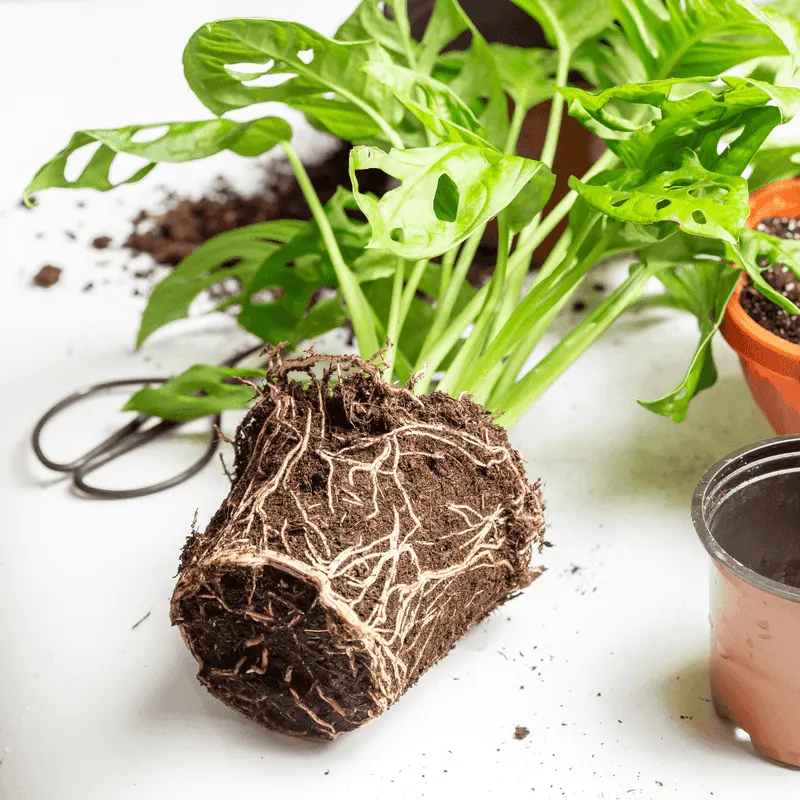
Mushy stems are often a sign of overwatering and rot. Examine the plant for any discolored, soft sections and remove them promptly. Ensuring proper drainage and allowing soil to dry between waterings can prevent recurrence. Sometimes, repotting in fresh soil is necessary to restore plant vitality. Recognizing these symptoms early enables corrective action to preserve your plant’s health.
Drooping Flowers
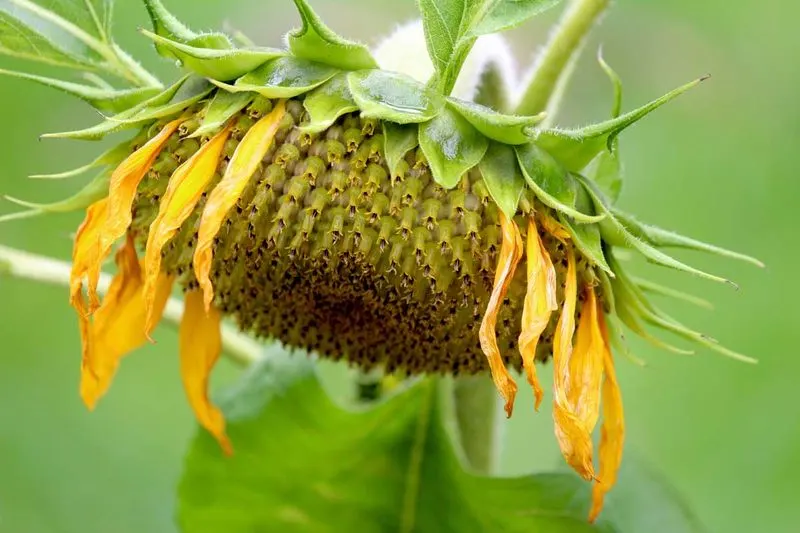
Flowers that droop might be thirsty, but environmental stress or nutrient imbalance could also play a role. Water the plant if the soil feels dry. If this doesn’t help, inspect the environment for temperature or light issues. Nutritional support through appropriate fertilization can revive blooms. Regularly checking and adjusting care practices ensures flowers stand tall and vibrant.
Unusual Odor
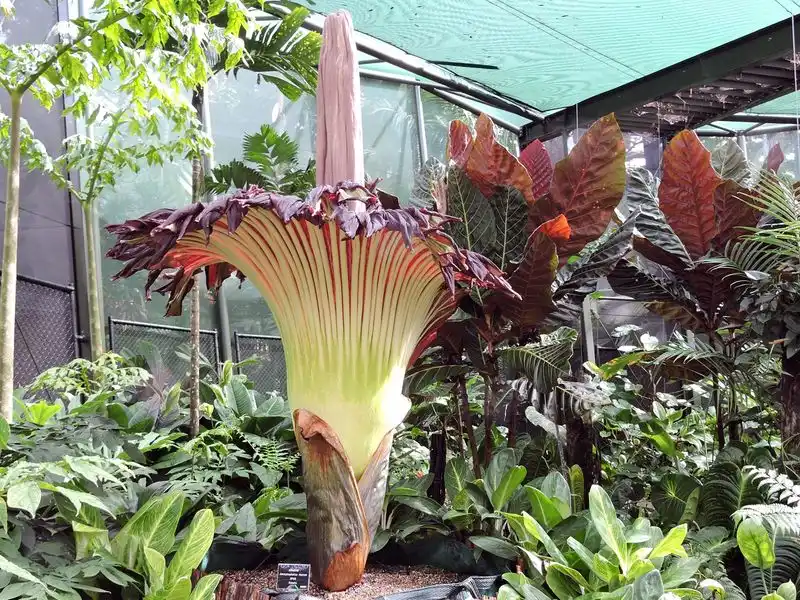
An unexpected smell often indicates rot or fungal infections in the soil. Overwatering is a common culprit. Allow the soil to dry out and improve drainage. If the odor persists, repotting might be necessary to remove decayed portions. Maintaining a balanced watering schedule helps prevent such issues. Early detection and intervention are vital in keeping your plant healthy and fragrant.
Leaf Burn
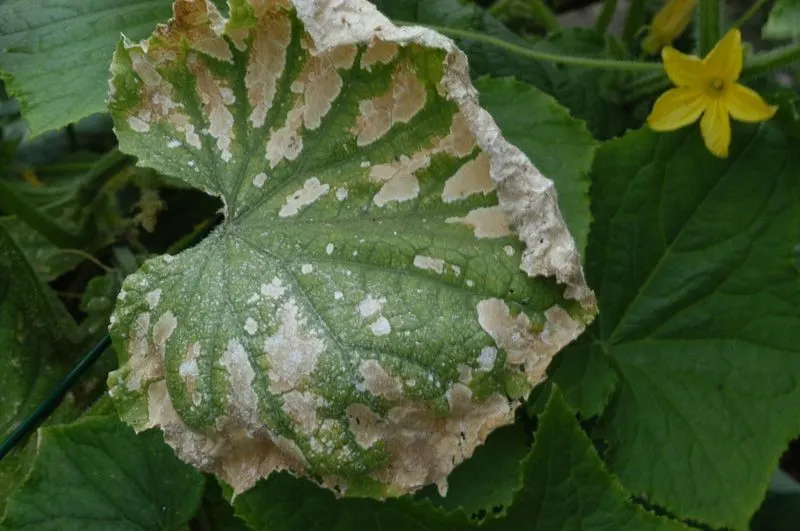
Burn spots on leaves can result from too much direct sunlight or over-fertilization. Moving the plant to a less intense light source can prevent further damage. Balancing fertilizer application to avoid root burn is also crucial. Observing how your plant reacts to changes in light and nutrition guides effective care strategies. Protecting plants from these extremes enables them to flourish.

